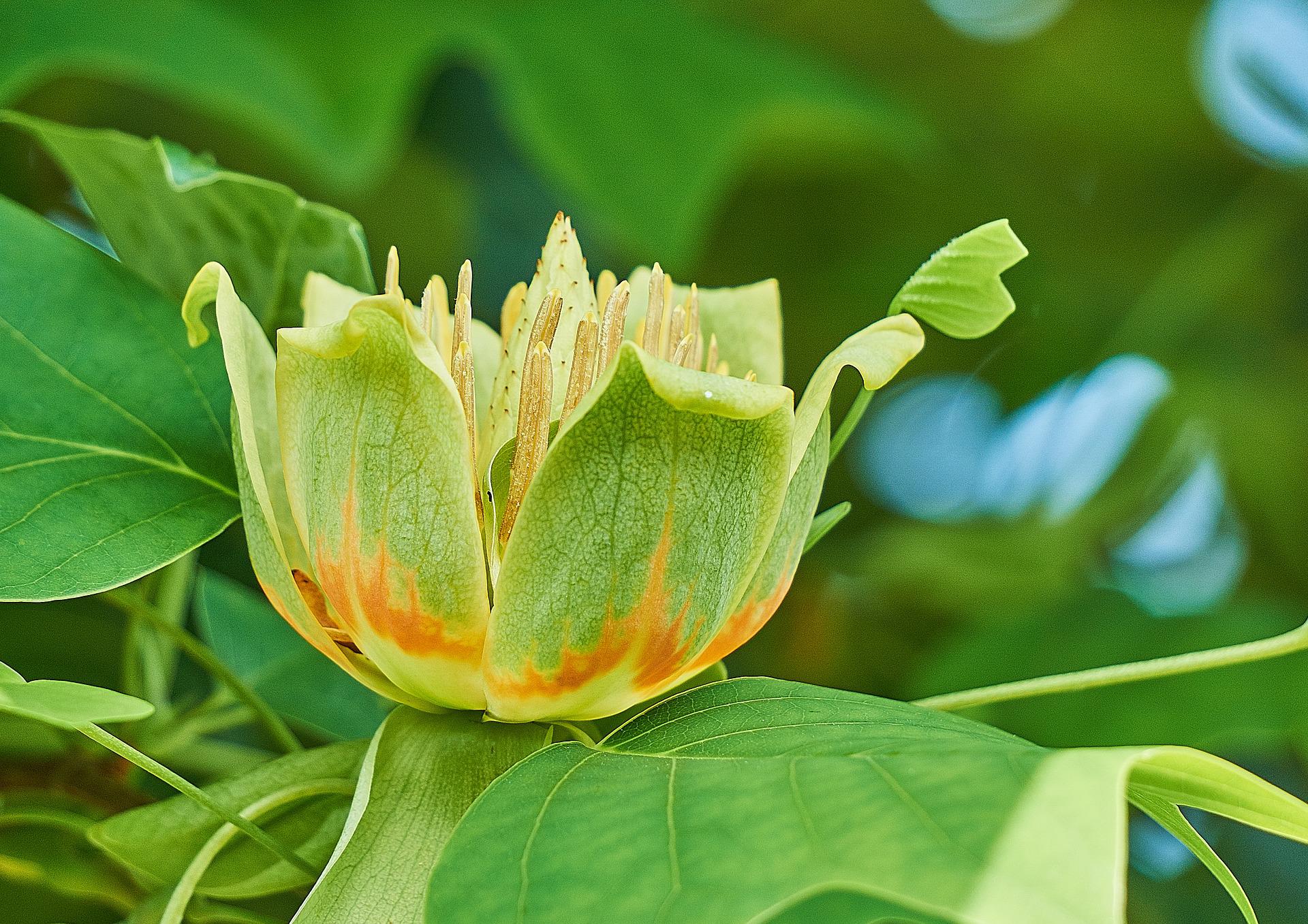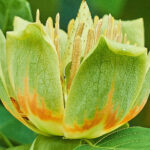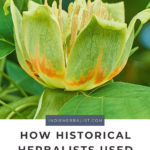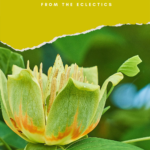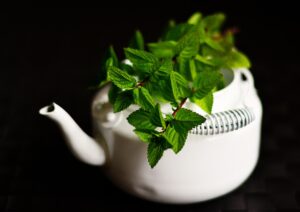Links contained in this post and elsewhere on my website may include affiliate links. When you make a purchase through these links, I earn a commission at no additional cost to you. I only link to products and services that I love - and that I think you will love, too!
Tulip Poplar, Tulipifera liriodendron, is one of the most beautiful trees of the southeast. It blooms with yellow and orange tulip-shaped flowers in May. The trees grow very tall and straight and have slightly drooping branches. The leaves are broad with a unique shape and turn bright yellow in the fall.
There were several old tulip trees in my backyard when I was a kid. The twigs had a sweet, mysterious scent that I loved. Although you won’t find it for sale from herb companies, the tree does have an interesting herbal history.
Below, I’ve shared some quotes from historical herbal texts. Written in the late 1800s, these texts provide a glimpse into a time when herbalism was an important part of community healthcare in the United States. Around the same time, modern medicine was beginning to emerge. The Eclectic physicians utilized herbs from the European tradition and plants they learned about from indigenous peoples like the Cherokee.
Historical uses for tulip poplar
Tulip poplar has many ethnobotanical and historical uses. There’s a record of use for all parts of the tree.
Some recorded uses include:
- nervine tonic
- antihelmintic
- febrifuge
- anti-rheumatic
- gastrointestinal aid
- anti-diarrheal
Historically, the bark also had a reputation as a substitute for cinchona bark. Cinchona bark was, at one time, the most common treatment for malaria.
Tulip tree was also used as an ingredient in cough syrup and as a wash or poultice for wounds and broken bones.
An excerpt from the past with Cook
Cook, in The Physiomedical Dispensatory, 1869, sums up its uses in the Eclectic literature very nicely:
“The bark of the liriodendron is one of the mildest and least bitter of the tonics, chiefly relaxant and only moderately stimulant, but with no astringency whatever. While it improves the appetite and digestion to a fair extent, and for this purpose is unsurpassed in convalescence, its most valuable action is upon the nervous system and uterus. In nervousness, nervous irritability, hysteria, and chronic pains through the womb, it is an agent of the greatest efficacy–both soothing and sustaining. The menses are not influenced by it; but it proves valuable in chronic dysmenorrhea as well as in leucorrhea, prolapsus of a mild grade, and the uterine suffering incident to pregnancy.
By its influence on the nervous system it sometimes promotes the flow of urine; and it favors greater freedom of the bowels, without being in any sense cathartic. If combined with spikenard, boneset, or other agents influencing the lungs, its virtues will be directed largely to these organs; and then is of peculiar service in old coughs and pulmonary weakness. The mildness of its action sometimes suggests inertness, but this is quite an error; for its gentleness increases its value as a peculiar nervine tonic, and makes it very acceptable to the stomach; though it is not an agent fitted to languid or sluggish conditions, or states of depression.”
So Cook thinks it is useful for female reproductive health. He also recommends it as a digestive tonic during convalescence. He also used it with respiratory support herbs to promote recovery from lingering coughs and to strengthen the lungs.
Scudder’s opinion on tulip poplar
Scudder, in Specific Medication and Specific Medicines, 1870, seconds that it is a nervine and digestive tonic:
“It is stimulant and tonic to the digestive apparatus, improving digestion and blood making. It also exerts an influence upon the nervous system, strengthening innervation and relieving those symptoms called nervous.”
King’s American Dispensatory and Lloyd’s Drugs and Medicines of North America have more great info on Tulip Tree. Thanks to Henriette Kress’s Herbal Web Page and Blog, they are available to read for free online, along with many other antique herbal books.
Exploring old texts like these gives us an interesting window into herbalism’s past. They also provide a new level of appreciation for the plants around us.
Learn about wildcrafting tulip poplar
Since the 1800s, tulip tree has remained as a folk remedy in the Appalachians. I enjoy making the extract when I find branches down after a storm.
Curious to learn more about working with tulip tree? I have another article about how to respectfully harvest and wildcraft tulip tree.
References
Cook, W. (1869). The physiomedical dispensatory. https://www.henriettes-herb.com/eclectic/spec-med/liriodendron.html
Scudder, J.M. (1870) Specific Medication and Specific Medicines. https://www.henriettes-herb.com/eclectic/spec-med/liriodendron.html
